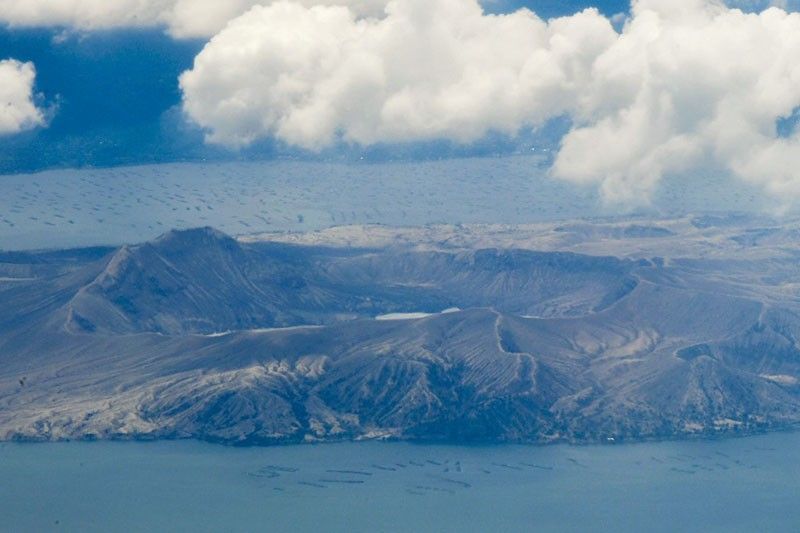On Friday, a small yet active volcano located near the Philippine capital of Manila discharged higher-than-usual levels of sulfur dioxide and volcanic smog. In response to this, authorities took precautionary measures, including the closure of schools in five cities and numerous towns, as well as advising residents to remain indoors.
The country’s institute for volcanology and seismology reported the presence of hot volcanic fluids rising within Taal volcano’s crater lake, which subsequently led to the release of volcanic gases.
The alert level, which is part of a five-level scale, has been maintained at level 1, indicating a “minor increase in volcanic earthquakes and steam or gas activity.”
Taal, standing at a height of 311 meters (1,020 feet) and situated in a picturesque lake within Batangas province near Manila, is one of the 24 active volcanoes in the Philippines.
In January 2020, Taal erupted, spewing a towering column of ash and steam that reached a height of 15 kilometers (9.32 miles). This event resulted in the evacuation of over 100,000 individuals and the cancellation of numerous flights, as heavy ashfall extended as far as Manila.
Randy Dela Paz, the operations section chief at the southern Manila office of civil defense, reported cases of respiratory illnesses in Batangas province linked to exposure to volcanic smog. He shared this information during an interview with DWPM radio.
Volcanic smog, often referred to as vog, is composed of tiny droplets carrying volcanic gases such as sulfur. These particles can lead to irritation of the eyes, throat, and respiratory passages.
In response to the situation, authorities took preventive measures by suspending Friday classes in numerous towns and cities within the Cavite, Laguna, and Batangas provinces, which are adjacent to the Taal volcano. They also suspended classes in five cities within the capital region.
On Friday, the aviation authority issued a directive to pilots, urging them to steer clear of the volcano’s peak due to the potential dangers posed by airborne ash and projectiles that could result from sudden eruptions, posing significant risks to aircraft.
The Philippines is situated within the Pacific “Ring of Fire,” a region known for its frequent volcanic eruptions and seismic activity.
(Source: Neil Jerome Morales | Michael Perry | Reuters)







